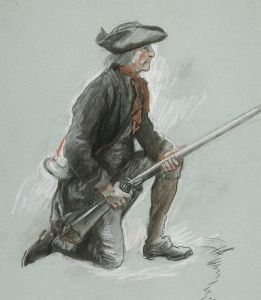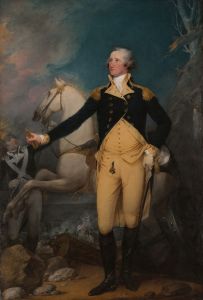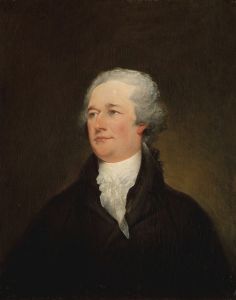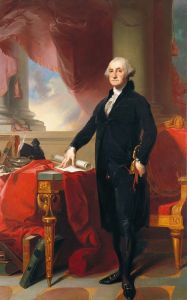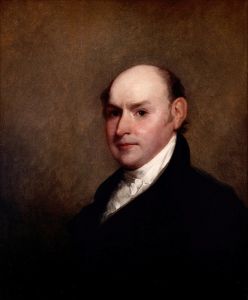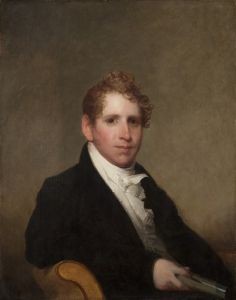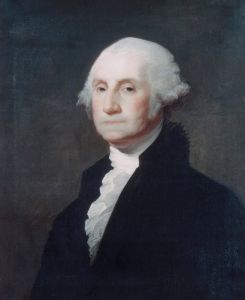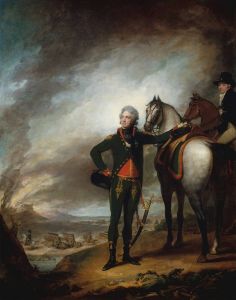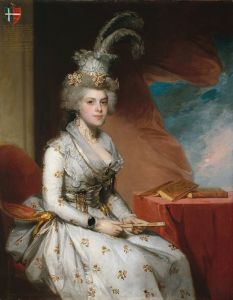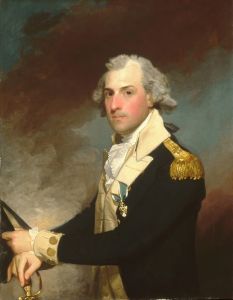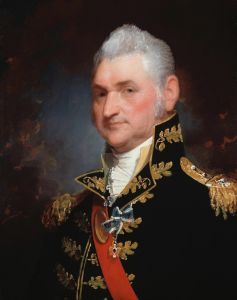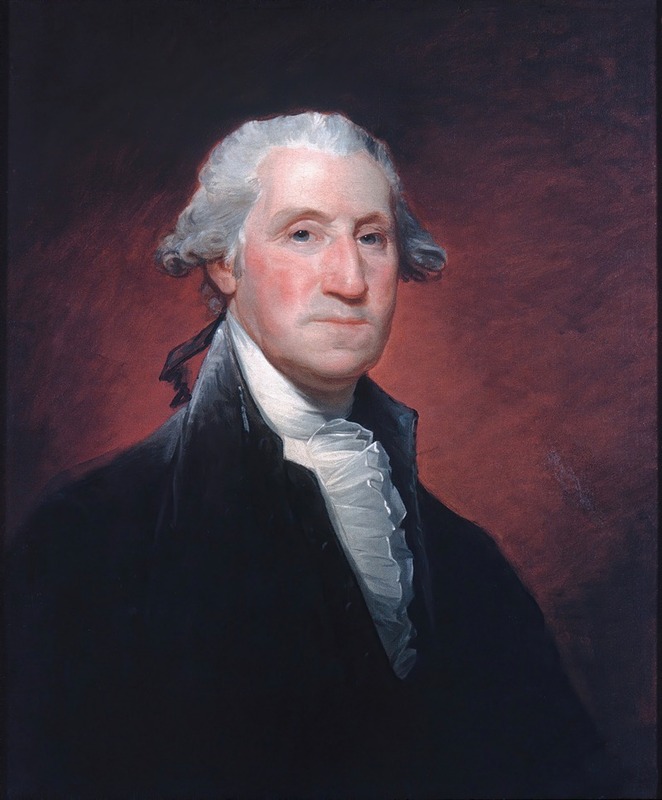
George Washington
A hand-painted replica of Gilbert Stuart’s masterpiece George Washington, meticulously crafted by professional artists to capture the true essence of the original. Each piece is created with museum-quality canvas and rare mineral pigments, carefully painted by experienced artists with delicate brushstrokes and rich, layered colors to perfectly recreate the texture of the original artwork. Unlike machine-printed reproductions, this hand-painted version brings the painting to life, infused with the artist’s emotions and skill in every stroke. Whether for personal collection or home decoration, it instantly elevates the artistic atmosphere of any space.
"George Washington" by Gilbert Stuart is one of the most iconic portraits of the first President of the United States, George Washington. Painted in 1796, this artwork is part of a series of portraits known as the "Athenaeum Portraits," which Stuart began during Washington's second term in office. The painting is renowned for its historical significance and artistic excellence, capturing the likeness of Washington in a manner that has become emblematic of his image.
Gilbert Stuart, an American painter born in 1755, was one of the most prominent portraitists of his time. His work is characterized by its vivid realism and attention to detail, qualities that are evident in his portrayal of Washington. Stuart's depiction of Washington is particularly notable for its unfinished state; the original painting was never completed. Despite this, it served as the basis for numerous replicas and engravings, which helped cement Washington's image in the public consciousness.
The "Athenaeum Portrait" of George Washington is named after the Boston Athenaeum, which acquired the painting in the 19th century. The portrait is a bust-length depiction of Washington, showing him in a formal black suit with a white cravat. His expression is calm and composed, reflecting the dignity and leadership qualities for which he was known. Stuart's skillful use of light and shadow adds depth to the portrait, highlighting Washington's features and lending a sense of presence to the image.
One of the most significant aspects of this portrait is its role in shaping the visual representation of George Washington. Stuart's likeness of Washington became the standard image used on the United States one-dollar bill, further entrenching its place in American culture. The portrait's widespread reproduction and distribution contributed to the enduring legacy of Washington's image as a symbol of American ideals and leadership.
Stuart's relationship with Washington was professional, and he painted multiple versions of the President's portrait. The "Athenaeum Portrait" was intended to be a reference piece for future commissions, allowing Stuart to produce replicas for clients who desired a portrait of the esteemed leader. Despite its unfinished state, the painting's influence and popularity grew, and it remains one of the most recognized images of Washington to this day.
Today, the original "Athenaeum Portrait" is jointly owned by the National Portrait Gallery in Washington, D.C., and the Museum of Fine Arts in Boston. It continues to be a subject of study and admiration for its artistic merit and historical importance. The portrait not only captures the likeness of a pivotal figure in American history but also reflects the artistry and vision of Gilbert Stuart, whose work has left a lasting impact on American portraiture.





